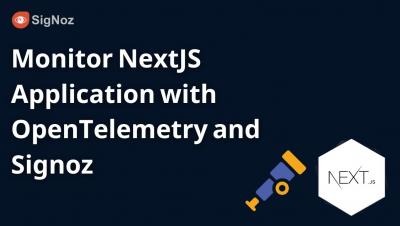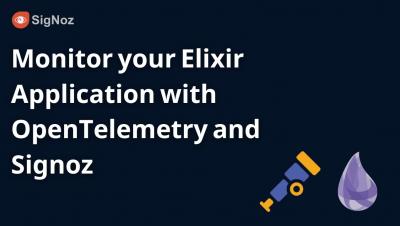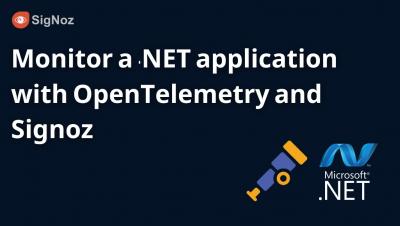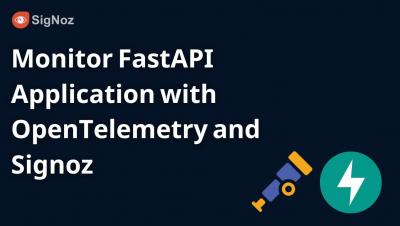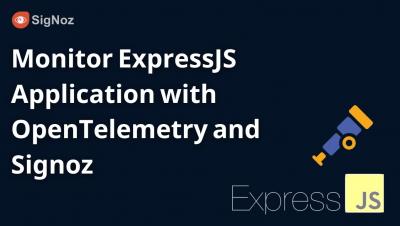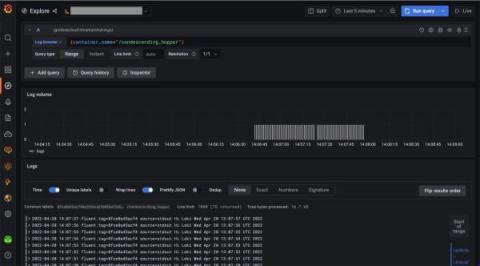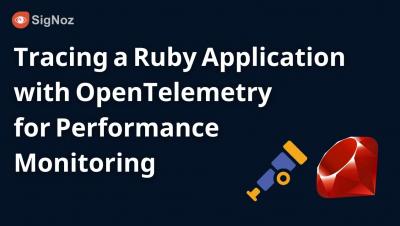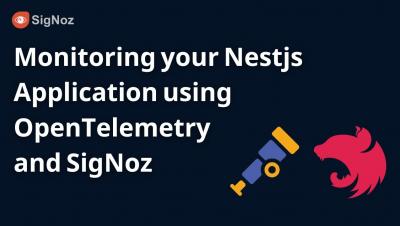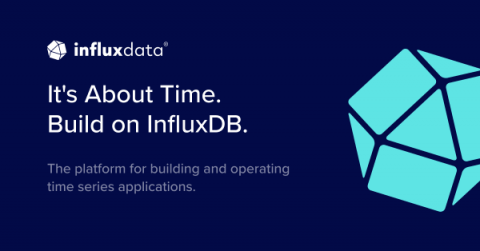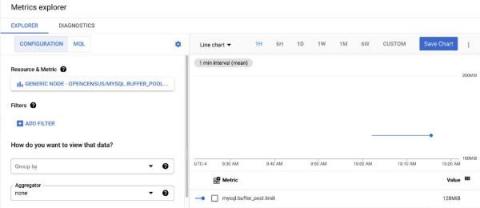Operations | Monitoring | ITSM | DevOps | Cloud
Tracing
The latest News and Information on Distributed Tracing and related technologies.
Elixir - Monitor your Elixir Application with OpenTelemetry and SigNoz
.NET - Monitor a .NET Application with OpenTelemetry and SigNoz
FastAPI - Monitoring your FastAPI Application using OpenTelemetry with SigNoz
Express - Monitoring your Express Application using OpenTelemetry and SigNoz
How to send logs to Grafana Loki with the OpenTelemetry Collector using Fluent Forward and Filelog receivers
In this guide, we’ll set up an OpenTelemetry Collector that collects logs and sends them to Grafana Loki running in Grafana Cloud. We will consider two examples for sending logs to Loki via OpenTelemetry Collector. The first one shows how to collect container logs with a Fluent Forward receiver. The second one shows how to collect system logs with a Filelog receiver.
Ruby - Tracing a Ruby application with OpenTelemetry for performance monitoring
NestJS - Monitoring your NestJS Application using OpenTelemetry and SigNoz
Getting Started with OpenTelemetry for Observability
This article was published in The New Stack. For most developers, software development means there is an API for almost everything, hardware is provisioned via the cloud and the core focus is on building only the features most crucial to your business. Of course, all these integrations and modern distributed architectures create their own set of problems. Having full insight into your application has become even more important and is now commonly known as observability.


